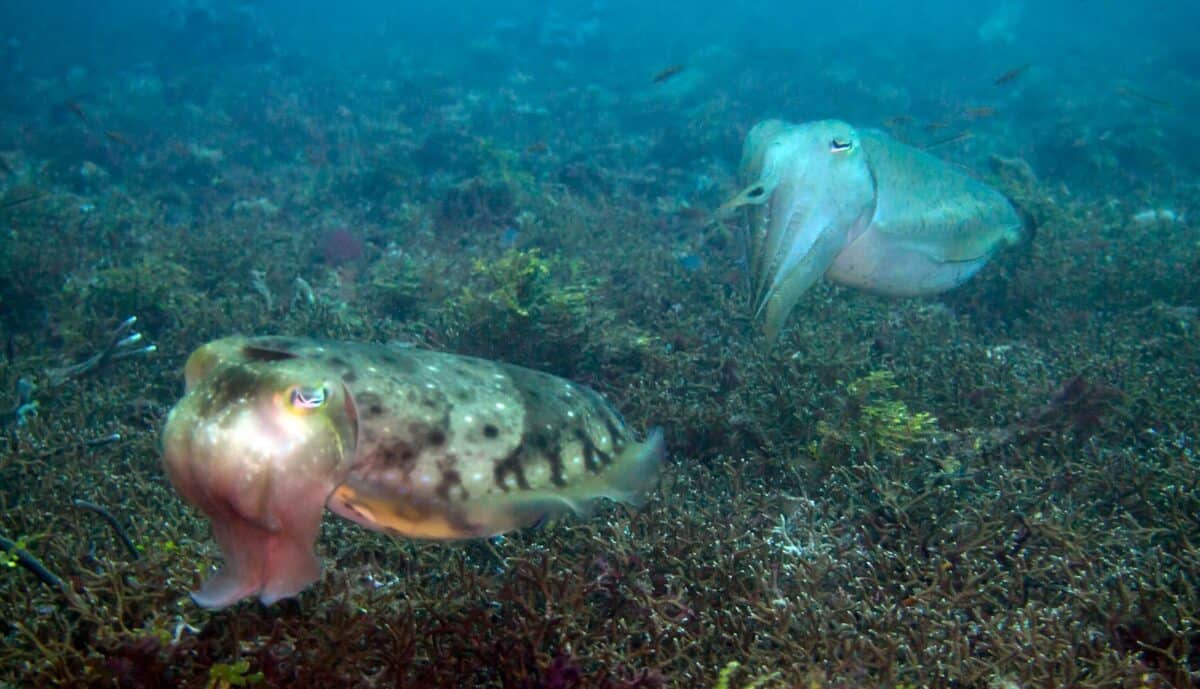Nature is a fascinating theater, filled with creatures that rely on an assortment of tricks to survive and thrive. Among these ingenious tactics, deception stands out as a particularly enthralling strategy. From camouflage to mimicry, these deceptive practices enable animals to evade predators, capture prey, or even lure unsuspecting mates. Join us as we venture into the wild world of creatures that masterfully deceive, revealing the secrets behind their survival.
12. The Cunning Cuttlefish

Cuttlefish are masters of disguise, capable of changing their skin color and texture in the blink of an eye. This remarkable ability aids them in blending into their surroundings, making them nearly invisible to predators and prey alike. Utilizing specialized skin cells called chromatophores, they can create intricate patterns, effectively rendering themselves part of the coral, sand, or seaweed they inhabit.
11. The Illusionist Lyrebird

Native to Australia, the superb lyrebird is renowned for its incredible vocal mimicry skills. This bird can imitate a wide range of sounds, from chainsaws to camera shutters, and even other bird species. Such mimicry confuses potential threats while also mesmerizing mates with an impressive auditory display.
10. The Decoy-Dropping Killdeer
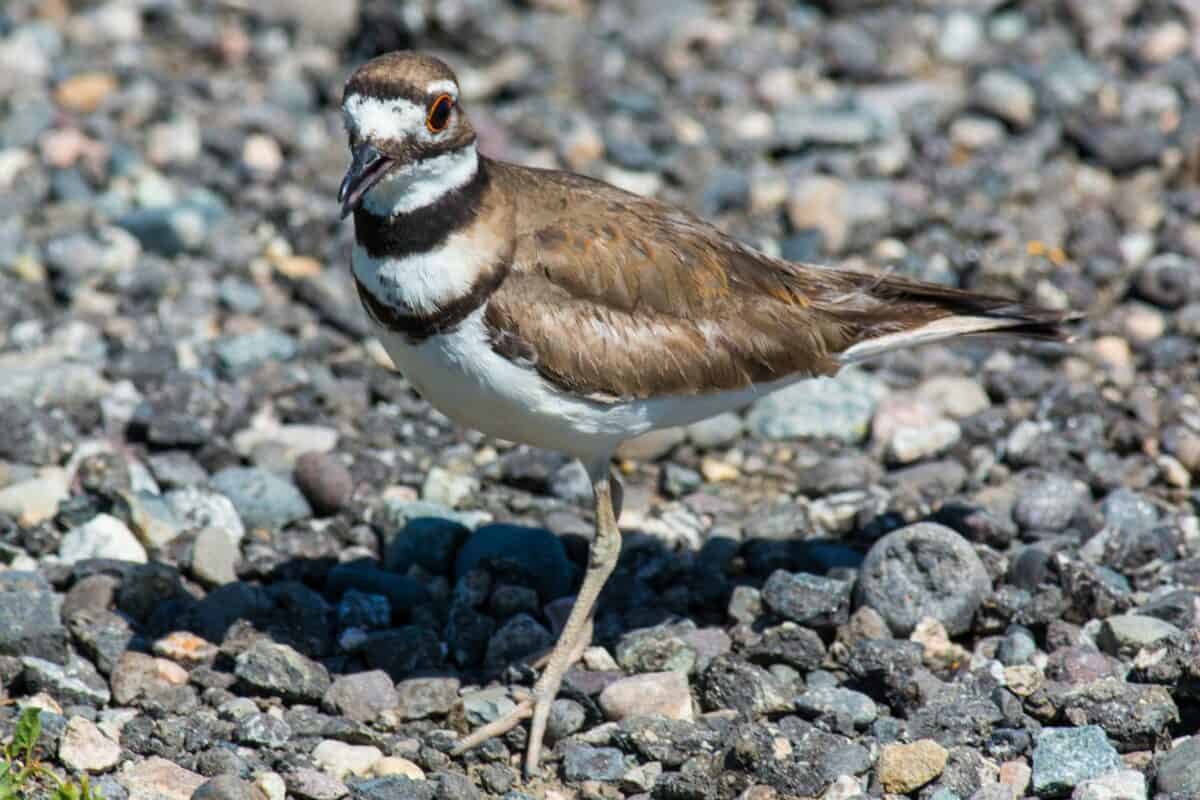
The killdeer, a type of plover, uses an ingenious form of deception to protect its young. When a predator approaches, the killdeer feigns injury by faking a broken wing. This behavior lures the predator away from its vulnerable nest, ultimately ensuring the chicks’ safety.
9. The Mysterious Mantis Shrimp

The mantis shrimp possesses a pair of club-like appendages capable of striking with incredible speed and force. However, they can signal false intentions that truly astound. By rapidly waving their colored appendages, mantis shrimp can confuse both rivals and prey, often buying time to mount an opportunistic attack.
8. The Deceptive Death’s-Head Hawkmoth

The death’s-head hawkmoth is a moth with a sinister appearance, having a skull-like pattern on its thorax. Yet, it’s not just its appearance that deceives; this moth can mimic the scent of bees, allowing it to infiltrate hives undetected. By using this chemical mimicry, it can steal honey from under the bees’ noses.
7. The Camouflaging Leaf-Tailed Gecko
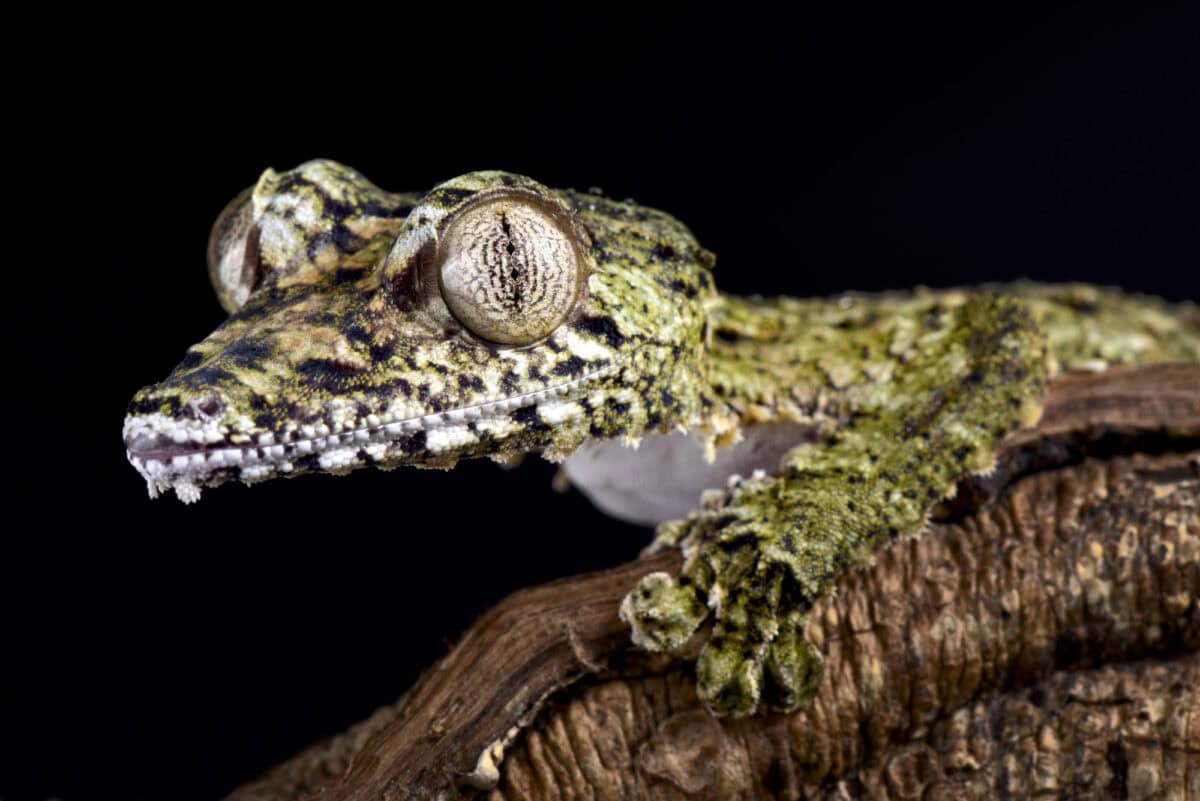
Found in Madagascar, the leaf-tailed gecko is a nocturnal reptile whose body shape and coloration remarkably resemble a dead leaf. This natural camouflage helps it avoid predators during the day and surprises its prey when night falls, making it a masterpiece of deception in the animal kingdom.
6. The Shape-Shifting Mimic Octopus
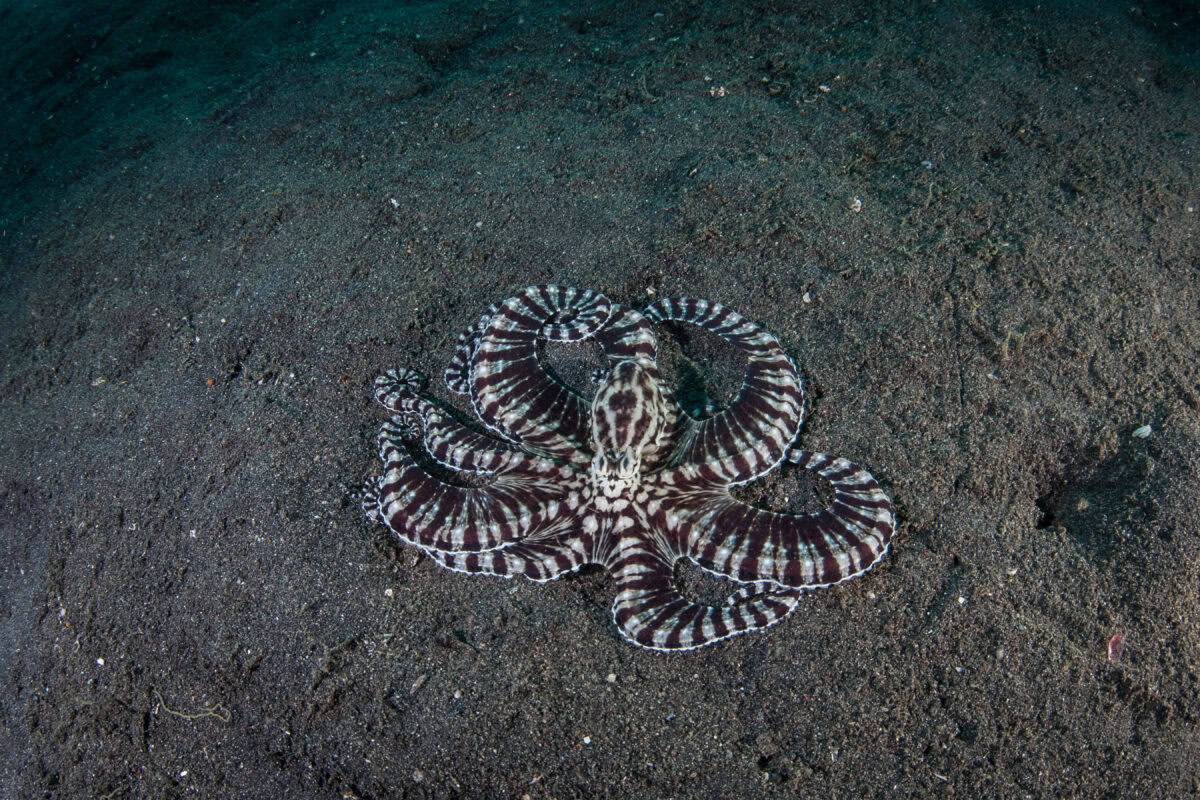
The mimic octopus, native to Indonesian waters, has the extraordinary capacity to alter its shape, color, and behavior to mimic more than a dozen different marine species, including venomous ones like lionfish and snakes. By doing so, it can intimidate potential threats and predators, showcasing its intelligence and adaptability.
5. The Trickster Trumpeter Finch
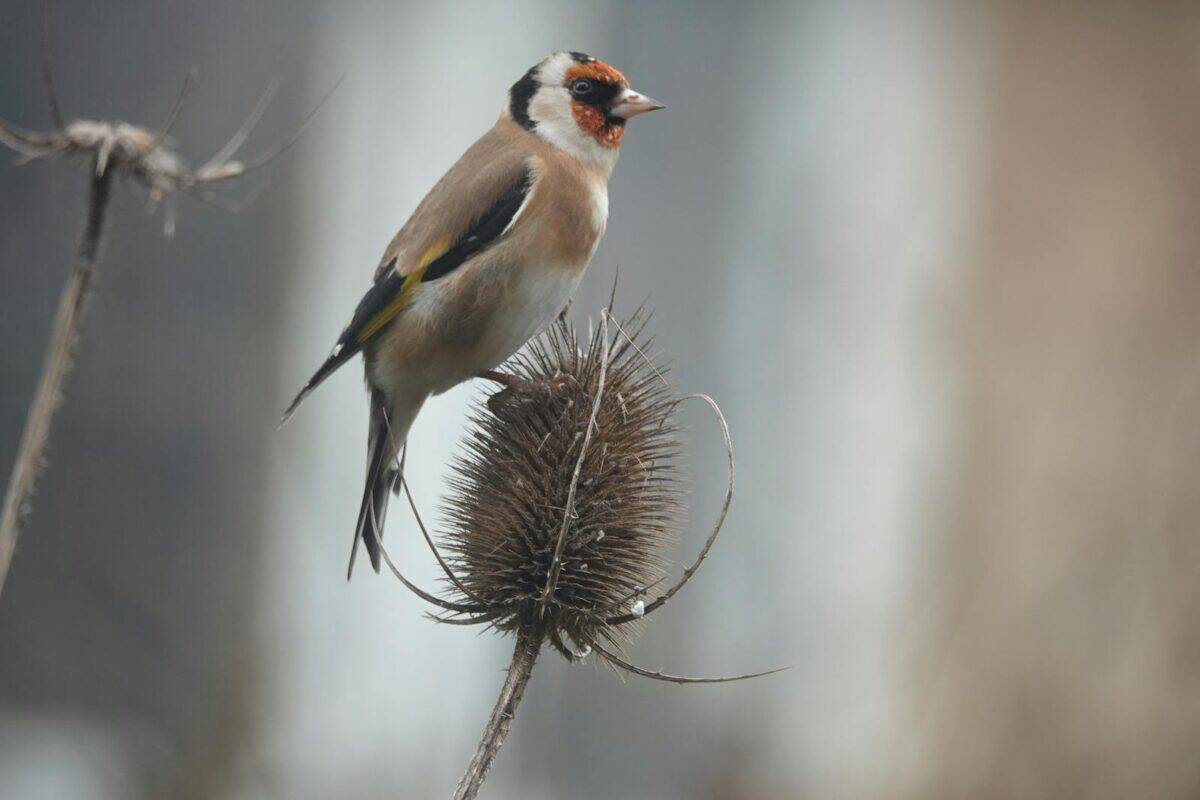
In the deserts of North Africa, the trumpeter finch uses mimicry to deceive rivals. By mimicking the alarm calls of other bird species, it can cause a premature rush to safety, tricking others into abandoning feeding spots and benefiting from reduced competition for resources.
4. The Phantasmal Common Cuttlefish

The common cuttlefish not only uses its skin to blend into its environment but can also put on dazzling displays of changing colors when threatened. These color flashes confuse predators, providing the cuttlefish with precious moments to escape, further highlighting its role as a versatile deceiver.
3. The Chameleon’s Cloak

Although famous for their ability to change color, chameleons primarily use this skill to communicate and regulate their body temperature rather than simply for camouflage. Nevertheless, this ability adds a deceptive edge to their arsenal, allowing them to blend into their surroundings when necessary.
2. The Predatory Drakefly

The drakefly, a lesser-known insect, uses its wings to mimic the appearance of twigs. This expert camouflage allows it to lie in wait for unsuspecting prey, striking with lightning speed when an opportunity presents itself, exemplifying the art of still deception.
1. The Covert Crab Spider

Crab spiders employ an ingenious technique of ambush predation. They possess the ability to change color over several days, allowing them to seamlessly blend with the flowers on which they wait for pollinators. This patient mimicry makes them highly efficient hunters.
Conclusion

In the theater of the wild, deception acts as a crucial survival strategy for many species. These animals, each with their unique methods of trickery, demonstrate the remarkable adaptability and resourcefulness inherent. As we uncover these secrets, we’re reminded of the complexity of life and the never-ending dance of survival that plays out far from human eyes. Whether through visual mimicry, behavioral ruses, or vocal imitation, these deceptive creatures have secured their place in the intricate web of life.
- The Most Common Misconceptions About Snake Encounters - August 15, 2025
- 13+ Laugh-Out-Loud Pet Jokes Every Grandparent Should Have Ready - August 15, 2025
- 13 Mammals That Never Stop Growing - August 15, 2025

